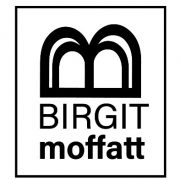There are probably as much recipes for indigo vats as there are for German potato salad, and its an art in itself to get a successful indigo vat going, the same applies to a good German potato salad. This time I started a vat with indigo powder (obviously), fructose and lime (calx).
The bronze surface appeared on the liquid, but only a few little blue bubbles (also called flower). I did a test to see if it worked.

after 2 dips, I did a little resist with a marble


take the marble out

voila, rinsed and dried


Next I dyed a white nuno felted scarf. I love the texture against the sun and the shade of blue. I find quite successful although I may dip it another couple of times to see if I can get deeper shades of blue.



















